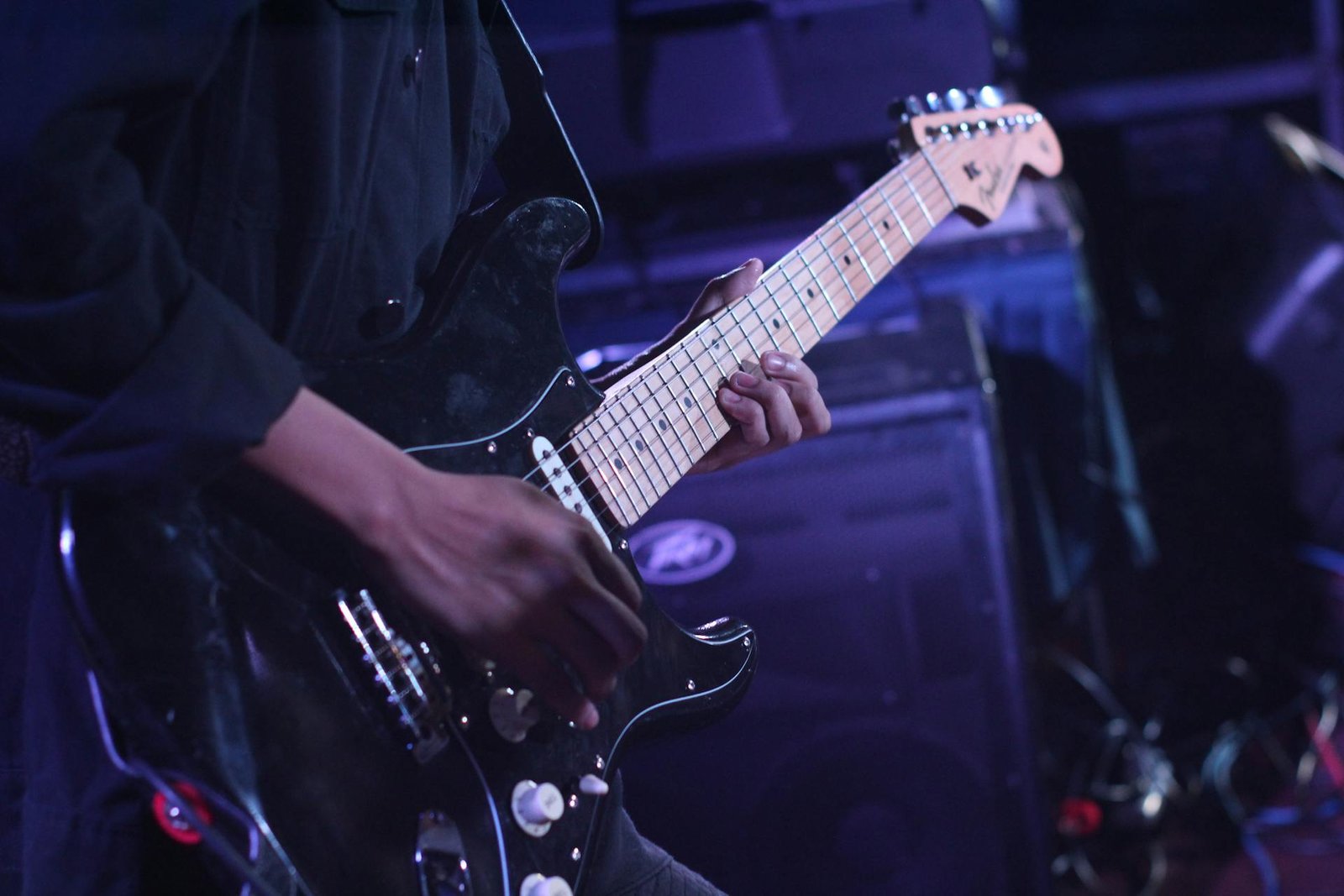There’s something timeless about the guitar. From porches in the Mississippi Delta to packed arenas, its six strings have carried emotions across generations. More than an instrument, it has been a voice, a storyteller, and the backbone of modern music. Whether in the raw sound of early blues, the pulse of rock ’n’ roll, or the soulful bends of today’s players, the guitar has shaped nearly every major shift in music.
For anyone exploring these roots, the blues is where it all begins. Not every player knows where to start, but expert guides to classic models, modern builds, and unique setups make it easier to find a guitar that feels authentic and inspiring. This is especially true for those curious about guitars that capture the heart of blues playing, since the story of modern music can’t be told without them.
The Birth of the Blues and the Rise of the Guitar
The blues emerged in the Deep South in the late 19th and early 20th centuries, rooted in African American traditions that voiced hardship, resilience, and hope. Early musicians used whatever instruments were available, but the guitar soon became central for its affordability, portability, and expressive range.
What made the guitar so important in the early blues was how it could mirror the emotion of the human voice. A bend on the string could sound like a sigh; a sharp note could feel like a cry. These qualities gave the guitar a natural connection to the deeply personal stories being sung. If you want to capture that same spirit today, choosing the best blues guitar will help you get there. The right instrument isn’t just about build quality; it’s about tone, feel, and the way it connects with you as a player.
The legends of early blues figures like Robert Johnson, Son House, and Blind Lemon Jefferson used their guitars not just to accompany their voices but to become a second voice altogether. These pioneers created the foundation of riffs, chord progressions, and expressive playing techniques that still shape music today.
The Guitar as a Voice of Emotion
One reason the guitar has been so influential is its ability to convey emotion in a direct, almost human way. In blues music, the guitar wasn’t just strummed for rhythm; it was used to cry, laugh, and tell stories. Slides across the strings mimicked the wailing voice of a singer, while bends and vibrato gave notes a pleading, soulful quality.
Artists like B.B. King built their careers around this expressive power. King famously named his guitar “Lucille,” treating it almost like a partner on stage. Muddy Waters, meanwhile, used electrified blues to amplify that emotional force, giving rise to a sound that spread far beyond the clubs of Chicago. These players showed that the guitar wasn’t the background; it was the heart of the performance.
Even today, when you pick up a guitar and experiment with bending a note or letting it ring, you’re engaging with the same emotional language that shaped the earliest blues records.
From Delta Blues to Rock ’n’ Roll
As blues musicians moved from the rural South to cities like Chicago, their music evolved. Acoustic guitars gave way to electrics, and amplifiers brought the sound to larger audiences. This electrified blues wasn’t just louder, it was bolder, sharper, and full of energy.
Chuck Berry was one of the key figures who bridged this gap, turning blues progressions into the foundation of rock ’n’ roll. His riffs combined rhythm and lead in ways that were instantly catchy and incredibly influential. Berry’s showmanship, duck walks, and fiery solos made the guitar a symbol of rebellion and freedom.
From there, rock ’n’ roll exploded. The blues guitar had laid the groundwork, and new generations were ready to run with it. Elvis Presley, Buddy Holly, and later The Rolling Stones all carried forward the traditions of blues guitar playing while giving it their own twist. Without the guitar’s transformation in the blues era, rock ’n’ roll as we know it wouldn’t exist.
The Guitar in Modern Genres
The influence of the blues guitar didn’t stop with rock ’n’ roll. Its fingerprints are everywhere in modern music. Jazz guitarists adapted blues scales into their improvisations. Funk players used blues-based grooves to drive their rhythms. Even hip-hop has sampled blues guitar riffs to give songs a gritty, soulful edge.
In the 1960s and 1970s, Jimi Hendrix redefined what the guitar could do. Building on blues traditions, he introduced distortion, feedback, and psychedelic experimentation, turning the instrument into a limitless sound machine. Eric Clapton and Stevie Ray Vaughan carried forward the blues guitar legacy, proving that the style could still move audiences deeply while evolving into new forms.
Today, guitarists across genres from indie to pop to fusion still draw from the same well of blues-inspired techniques. When you hear a powerful solo or a riff that hooks you instantly, chances are it has roots in the emotional vocabulary of blues guitar.
Strings that Unite Generations
One of the most remarkable things about the guitar is how it connects people across generations. A teenager learning their first chords today might unknowingly be playing progressions that date back over a century. A seasoned musician performing for thousands may still rely on the same blues scales first played on dusty porches long ago.
The guitar’s universality has also spread worldwide. Musicians in countries far from the Mississippi Delta have adopted and reimagined blues guitar playing in their own cultures. This cross-pollination has kept the tradition alive and ever-evolving.
The story of modern music can’t be told without the guitar. From its beginnings in the blues to its role in shaping rock, funk, jazz, and beyond, it has always been more than just an instrument. It has been a voice of emotion, a tool of rebellion, and a bridge across cultures and generations.
When you listen closely, you’ll hear the same soulful DNA running through countless songs today. That’s the legacy of the blues guitar, an instrument that shaped the sound of the modern world and continues to inspire every time a string is plucked.
The strings of the blues are still vibrating, reminding us that the past and future of music are forever tied together by the power of the guitar.









